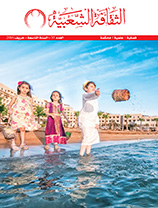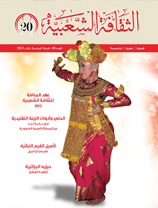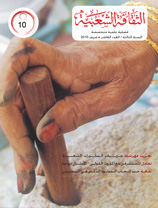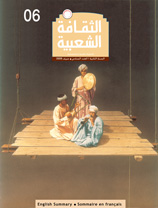DIALECTIC OF THE SACRED AND THE PROFANE IN PERFORMANCES: WESTERN MOROCCO AS A MODEL
Issue 21
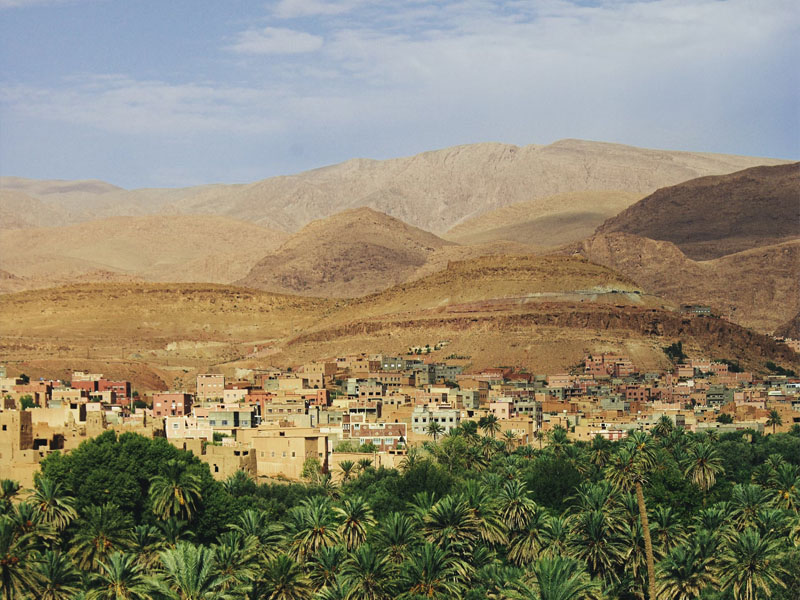
The history of dramatic performances in Morocco is closely connected to its history and cultural roots in the Arab world. Moroccan performances include rituals that represent Morocco’s oral heritage. Traditional performances such as Ubaidat Al Romi sessions when the Holy Quran is memorized and recited, and religious rites such as Hamadsha, Jilalah and Isawah that include unusual practices, are all related to the sacred and the profane.

In Morocco, there is a group of traditions and customs related to the seasons, and others related to grazing and agriculture, but these traditions are dying out and different societies retain only common features of wedding rituals, circumcisions, and religious celebrations. Religious celebrations had a strong presence in the 1950s and 1960s, and they involved most tribes. The great celebrations were performed in big markets and squares in Halaqat (circles) with the audience surrounding the performers and Sufis. During the celebrations, oral folk dramas were performed in a circle that could be moved to anywhere that men, women, and children gathered to watch. The audience consisted of interested people from all sectors of society, including workers, traders, visitors and passersby. The show was usually very interactive, with audience participation. Today, these shows have almost vanished and been replaced by modern cinemas, theaters and circuses, and audience participation is a thing of the past
Musa Faqir
Morocco


































